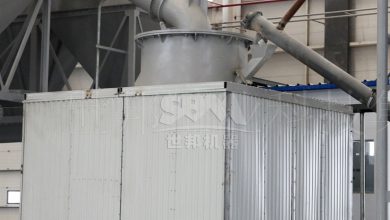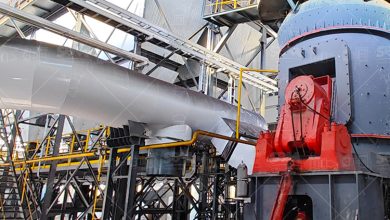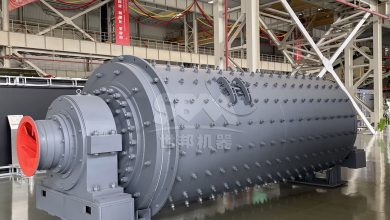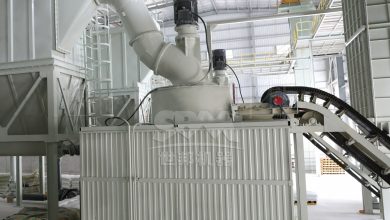Key Differences Between Coal Grinding Mill and Raymond Mill for Industrial Applications
Key Differences Between Coal Grinding Mill and Raymond Mill for Industrial Applications
In industrial milling operations, selecting the right grinding equipment is crucial for optimizing productivity and energy efficiency. This article provides a detailed comparison between coal grinding mills and Raymond mills, highlighting their structural differences, working principles, and application scenarios.
1. Structural Comparison
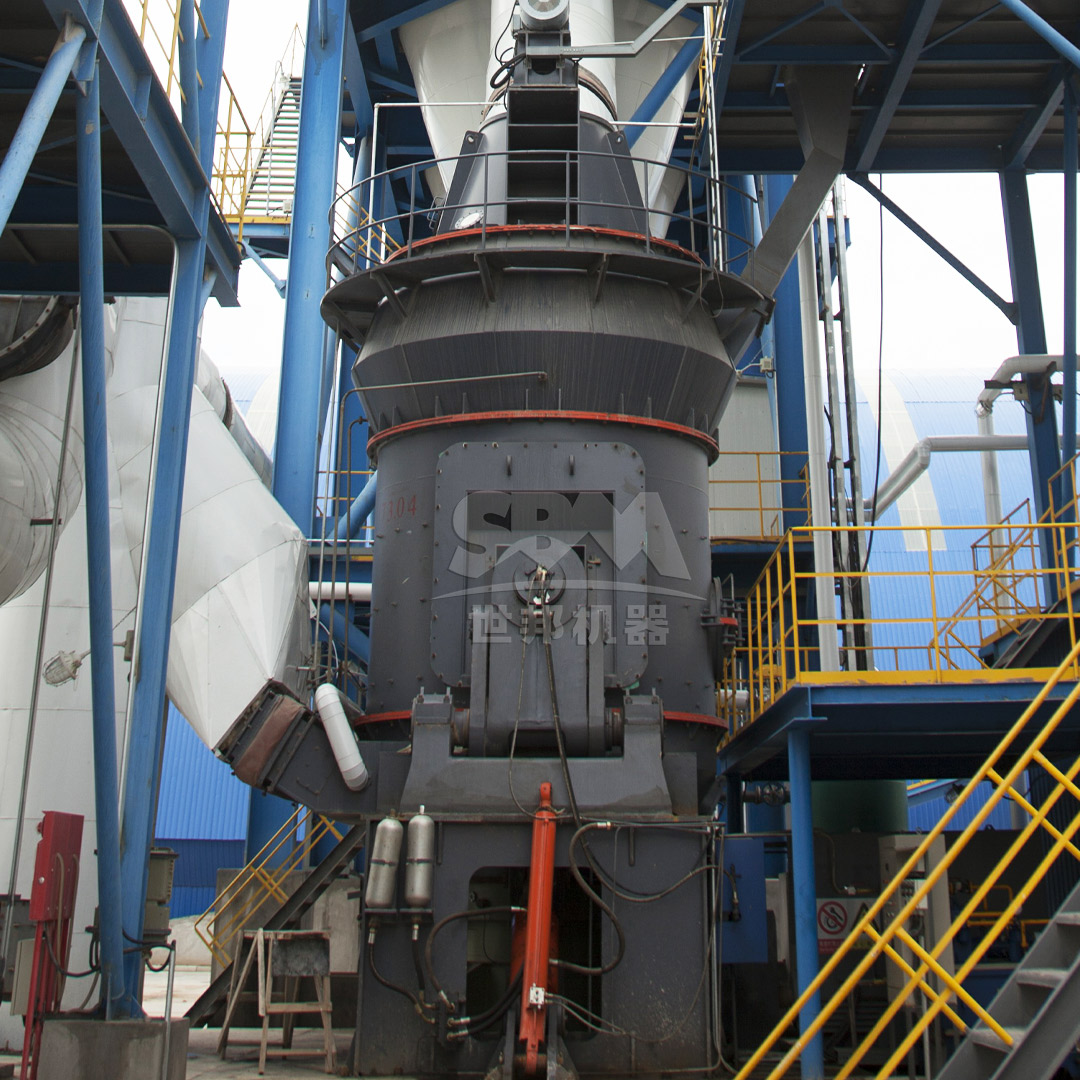
Coal Grinding Mill Features:
– Vertical roller mill configuration with integrated drying chamber
– Heavy-duty grinding rollers with hydraulic pressure system
– Dynamic classifier for precise particle size control
– Hot gas generator for moisture evaporation
Raymond Mill Characteristics:
– Horizontal pendulum-style grinding ring
– Spring-loaded grinding rollers
– Built-in centrifugal classifier
– Mechanical air separator
2. Technical Specifications
| Parameter | Coal Grinding Mill | Raymond Mill |
|---|---|---|
| Max. Feed Size | ≤50mm | ≤30mm |
| Output Fineness | 30-325 mesh (adjustable) | 80-325 mesh |
| Capacity Range | 3-250 t/h | 3-22 t/h |
| Power Consumption | 15-25 kWh/t | 30-50 kWh/t |
3. Application Scenarios
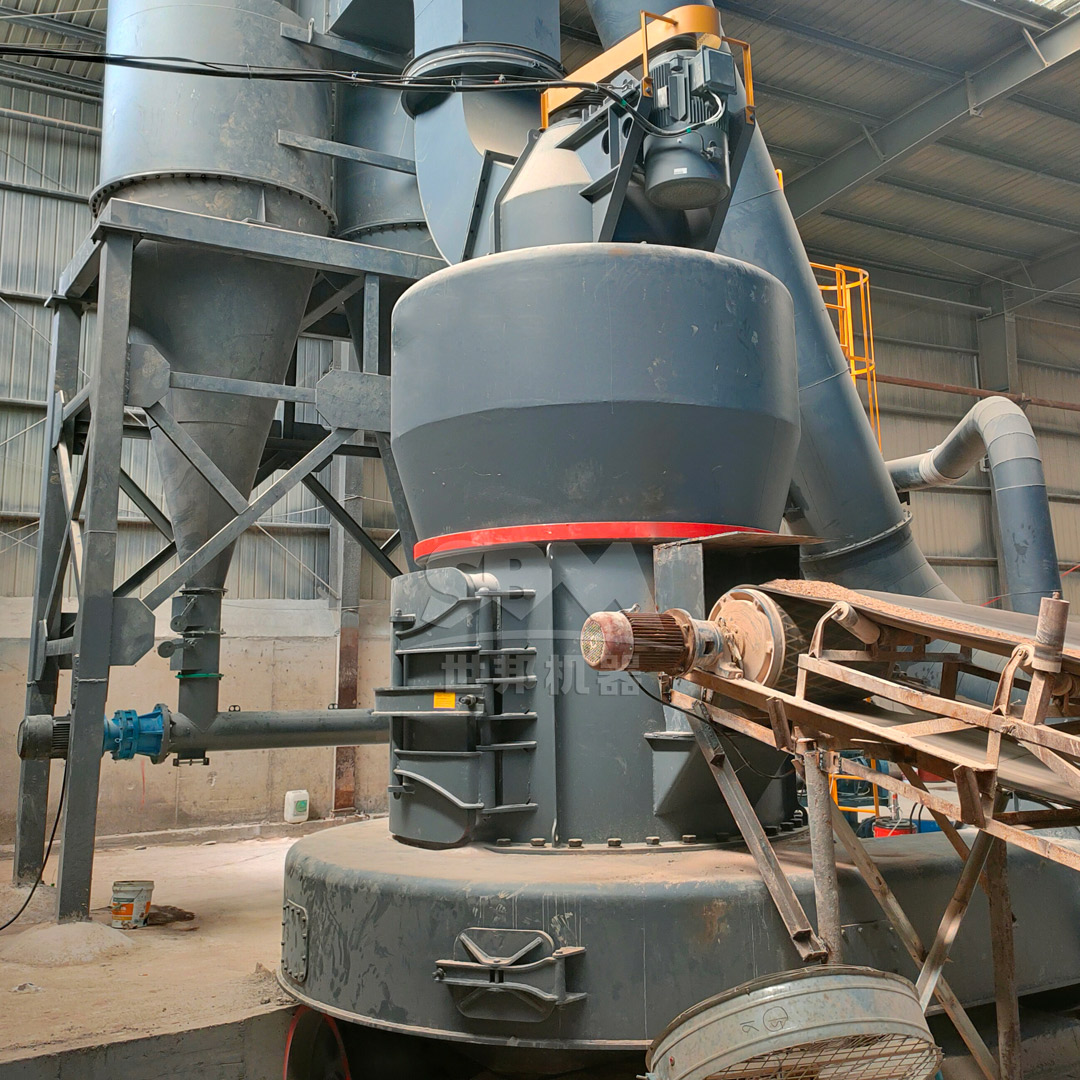
Coal Grinding Mill Preferred For:
– Large-scale coal preparation plants (≥50t/h capacity)
– Power station coal pulverizing systems
– Blast furnace injection coal production
– Industrial boilers requiring high moisture coal
Raymond Mill Recommended For:
– Small to medium mineral processing (3-20t/h)
– Non-metallic mineral powder production
– Chemical raw material preparation
– Small coal grinding operations
4. Recommended Solutions
For operations requiring ultra-fine grinding of coal or minerals, our SCM Ultrafine Mill series delivers exceptional performance with output fineness reaching 5μm (2500 mesh). Key advantages include:
- 30% lower energy consumption compared to conventional mills
- Precision vertical turbine classifier for uniform particle distribution
- Special alloy grinding components with extended service life
For medium-fine grinding applications, the MTW Series Trapezium Mill offers superior efficiency with its innovative curved air duct design and combined blade system, reducing maintenance costs by up to 40%.
5. Operational Considerations
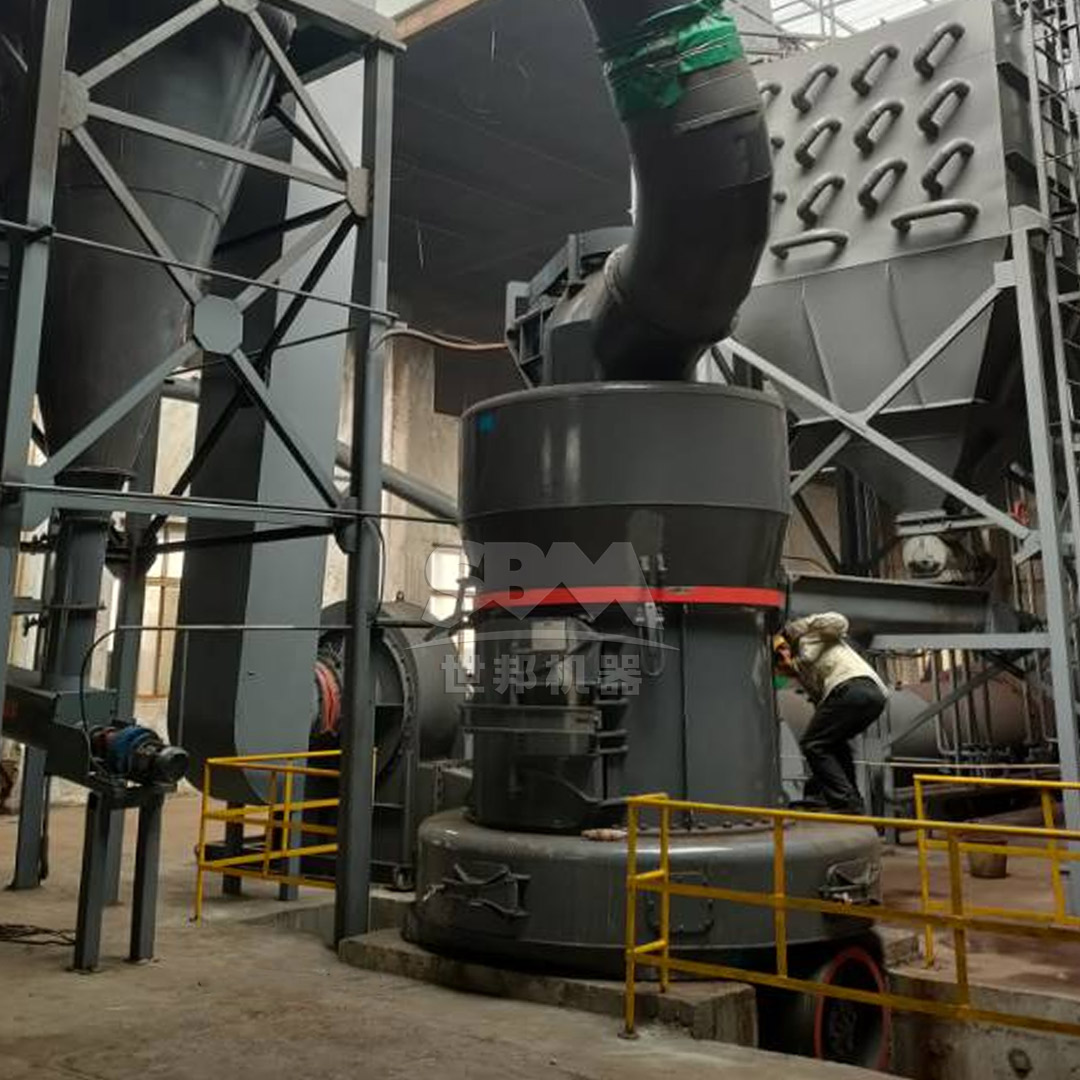
Maintenance Requirements:
– Coal mills typically require quarterly roller replacement
– Raymond mills need monthly grinding ring inspection
– Both systems require regular classifier maintenance
Environmental Factors:
– Coal mills feature integrated dust collection systems
– Raymond mills may require additional dust control equipment
– Noise levels generally lower in vertical coal mills (≤80dB)
6. Selection Guidelines
When choosing between these mill types, consider:
- Required production capacity
- Target particle size distribution
- Material moisture content
- Available installation space
- Long-term operating costs
Our technical team can provide customized recommendations based on your specific material characteristics and production requirements. Contact us for a detailed equipment selection analysis.


